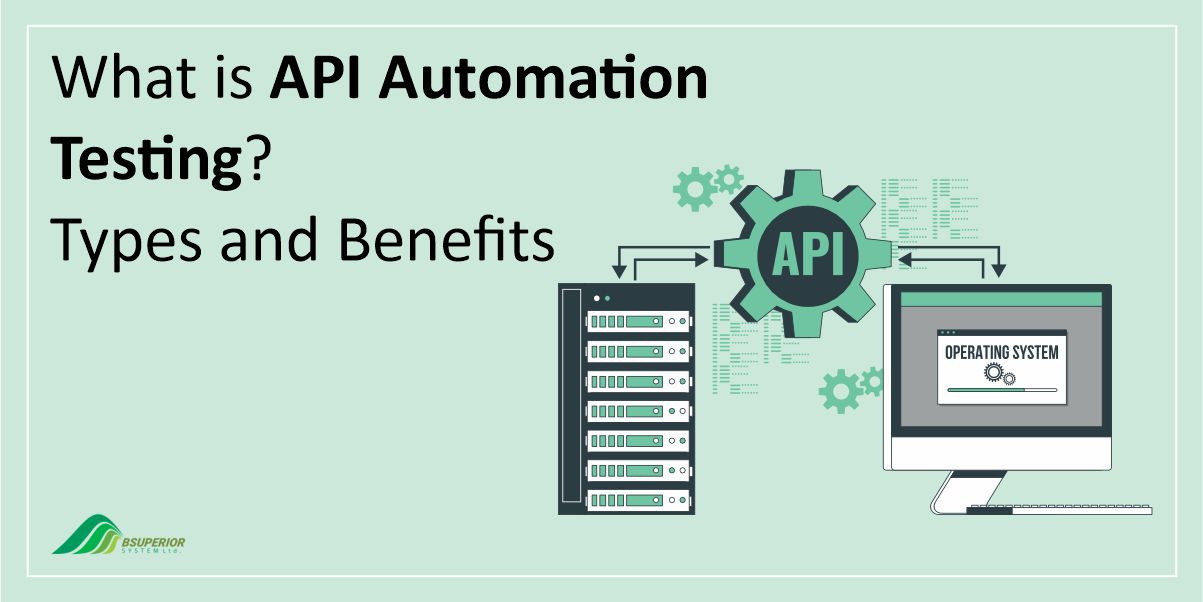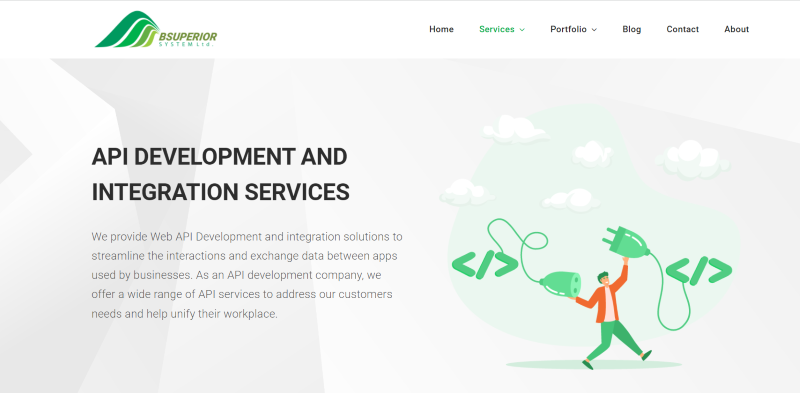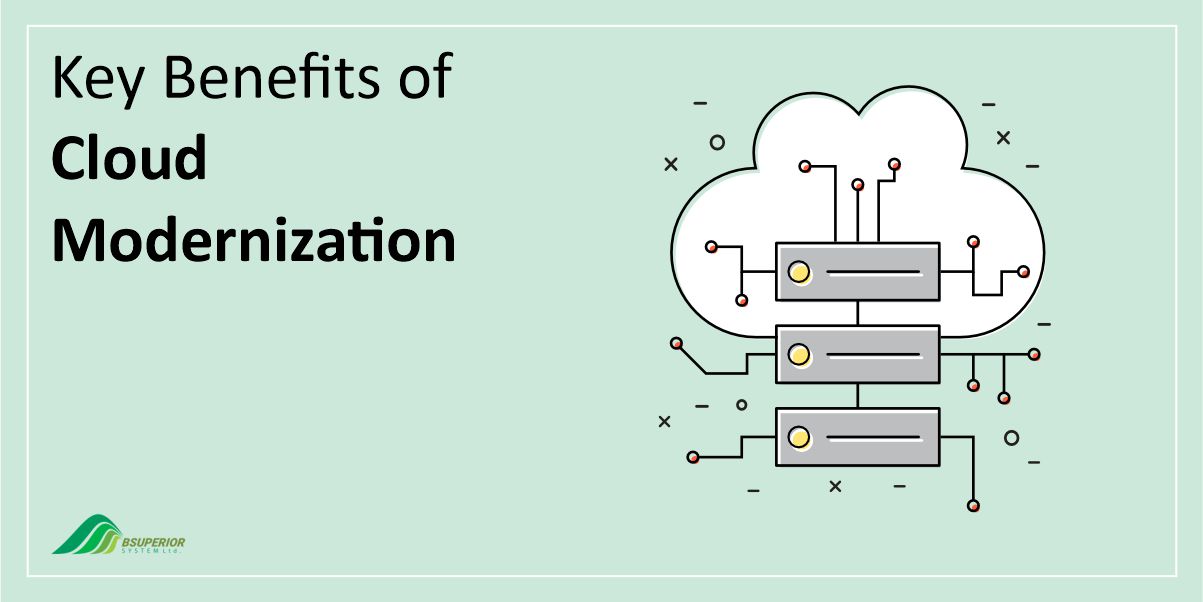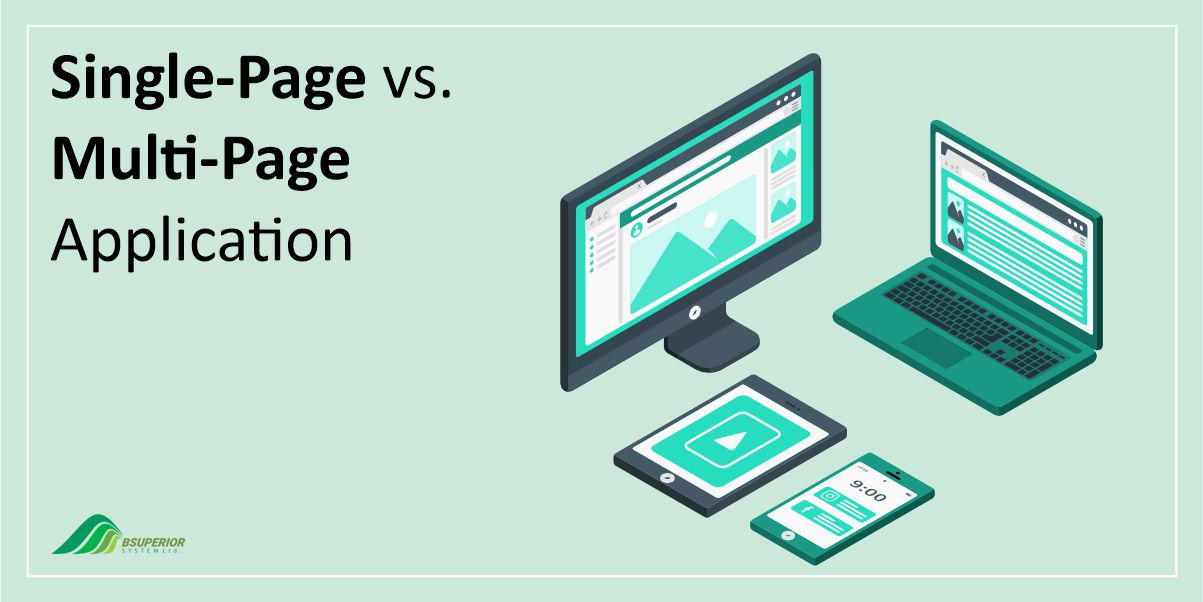What is API Automation Testing? Types and Benefits

We all use APIs many times in our daily lives in a way that we take them for granted. However, APIs require a lot of testing and monitoring before we can use them flawlessly.
In what follows, we will discuss the topic of API automation testing and explain how automation in this regard can benefit developers and various businesses.
What Are APIs?
API, standing for Application Programming Interface, is a middle layer between software programs that defines a communication standard. It enables users to interact with backend services through a user interface by concealing complex logic and presenting only relevant information.
While API roots go back to the 1940s, modern APIs emerged in the early 2000s. Today, the term API typically refers to this modern approach, which makes use of HTTP (Hypertext Transfer Protocol) to exchange data in machine-readable formats like JSON or XML.
Read More: API Integration Patterns: All You Need to Know
What is API Automation Testing?
Before talking about API automation testing (or API testing), it is a good idea to discuss API testing.
API testing is a form of software testing that specifically examines application APIs to make sure that their functionality, reliability, and security meet the defined expectations.
It is a process where an API’s functionality is assessed by directly engaging with the application. This is done by analyzing server responses to requests sent to API endpoints, focusing on the business logic layer rather than the user interface.
In comparison to UI testing, API testing offers greater reliability and speed which is why automation of API testing has become an essential aspect of software development workflows.
Having said that, API automation testing is a method for automatically checking API behavior and functionality. It involves creating scripts that simulate user interactions with the API, sending requests, and verifying the responses.
The main goal of the automation process is to improve development workflows, achieve consistent API performance, and reduce errors
Types of API Automation Testing
API automation testing includes a wide range of approaches to comprehensively evaluate an API’s functionality and readiness for real-world use. These tests target different aspects of the API:
- Functional Testing: This essential type verifies if the API’s core functions operate as intended. It basically checks if the API delivers on its design goals.
- UI Testing: This type does not directly test the API itself. Nonetheless, UI testing plays a role by examining how the API interacts with the application’s user interface and vice versa.
- Validation Testing: Typically conducted towards the end of development, validation testing verifies various aspects including correct functionality and the presence of all design elements. Passing these tests determines the product’s readiness for release.
- Load Testing: As APIs often handle large data volumes under diverse conditions, load testing is there to make sure that the APIs can manage both typical and peak request loads.
- Security Testing: Considering the potential presence of sensitive data, security testing is essential for APIs.
This includes penetration testing as a specific type of security testing. Automation can streamline and enhance the efficiency of security testing. - Penetration Testing: As a subset of security testing, penetration testing aims to identify vulnerabilities an attacker could exploit.
It simulates an external attack by users with limited API knowledge and targets specific functions, resources, processes, or the entire API. - Fuzz Testing: This is another subgroup of security testing subgroup that differs in its approach.
Fuzz testing bombards the system with large amounts of random data, which are called fuzz, to trigger crashes, overflows, or unexpected behavior.
This simulates a worst-case scenario to assess the API’s resilience under extreme conditions.
Read more: What is API Modernization? Benefits and Phases
Benefits of API Automation Testing
There are many advantages to employing API automation testing which range from time efficiency to providing better testing coverage. Below we will have a look at 5 main benefits of automation in API testing that help businesses deliver high-performing APIs.
1. Efficiency
API testing can begin earlier in the development process given that it does not rely on a completed user interface. This allows for quicker identification and correction of issues.
Moreover, automated API tests run considerably faster than UI tests. While UI tests involve rendering and loading web pages, API tests are executed in seconds.
For example, registering and logging in through a UI might take minutes, whereas an API test for the same functionality takes less than 30 seconds.
2. Better Test Coverage
API automation testing offers broader test coverage compared to unit testing. While unit tests focus on individual components, API tests examine the interactions between them.
This allows API testing to identify issues at the boundaries between different parts of the system, which unit testing might miss.
By verifying the functionality of various components, API testing contributes to improved software quality and user experience.
3. Improved Scalability
As organizations grow and their operations expand, it is essential that their APIs can handle the increased traffic and user requirements without any decline in performance.
Automation in API testing makes this possible by allowing teams to emulate substantial user activity, conduct stress tests on APIs under diverse load scenarios, and pinpoint any potential constraints or issues with scalability.
By actively tackling these scalability challenges, companies can guarantee uninterrupted user experiences and steer clear of any interruptions in service.
4. Regression Testing
Another benefit of API automation testing is related to regression testing. It is clear that regression testing is crucial to make sure that the changes to an API do not cause unintended consequences.
However, manually retesting everything after each update can be time-consuming. API testing automation offers a solution by automatically re-running existing tests after code changes or deployments.
This allows for early detection of regressions and automatic validation of critical functionalities. Catching issues early, automated regression testing maintains product stability and prevents disruptions in production environments.
5. Quicker Market Entry
The automation of API testing expedites the software development process by making the testing phase more efficient and shortening the time it takes for products to reach the market.
An important feature of automated tests is that they can be run swiftly and on a recurring basis. This capability enables development teams to discover and fix problems sooner in the development cycle.
Thanks to the quick turnaround of feedback and the adoption of continuous integration practices, companies can enhance their development pace, update their offerings more regularly, and maintain a competitive edge in the dynamic digital market.
Common Challenges in API Automation
Despite being beneficial in many areas, there are a number of shortcomings associated with API automation testing.
1. Speed
The goal of automating API tests is to enable fast development cycles. However, this goal can be undermined by slow tests.
Factors such as complex test data, sluggish dependencies, linear test execution, and extensive setup and tear-down phases can all prolong test durations.
That’s why, development teams need to weigh these factors when formulating an automation strategy for testing.
2. Maintenance
Given the frequent modifications in APIs, the maintenance and revision of test scripts to align with these changes will be both labor-intensive and prone to mistakes.
As a result, it is important for API test scripts to be under version control and meticulously maintained to ensure they are current.
3. Unlimited Integration and Combination Possibilities
The reality is that only a few software products rely on a single API. Introducing a new API or software module has the potential to impact the functioning of the API under test.
As the number of APIs employed by a product increases, so does the potential for various integration scenarios. This vast array of possible integrations will certainly pose an extra hurdle for a QA team working with constrained resources.
4. Dependency Management
Since APIs often interact with multiple dependent APIs and backend systems, they create a complex architecture. The problem is that gaining access to every environment within this structure can be difficult.
In order to avoid testing roadblocks, the ability to effectively emulate unavailable resources becomes very necessary.Read more: What is an API Development? The Things You Should Know
5. Test Suite Maintenance
The independent nature of the numerous APIs involved in an application can make it challenging for testers to keep pace with frequent updates and their effect on the overall application’s functionality.
For this reason, the ongoing maintenance of the test suite to ensure its effectiveness becomes crucially important.
6. Deciding on the Framework and Tools
One last challenge that you should consider in this regard is related to the appropriate framework and tools for API automation testing. This process can be quite challenging, particularly for teams that are undertaking such a project for the first time.
While there is a tendency for organizations to favor open-source tools, these may not fulfill every requirement of the project.
In fact, it is widely acknowledged that only an automation engineer with considerable experience, ideally in a leading role, has the expertise to select or craft the ideal framework.
How Does API Automation Testing Work?
API automation testing workflow consists of several main steps:
Step 1: Defining Test Scope
To begin with, you need to identify the specific functionalities that you intend to test through automation. This usually involves testing API call response times. In such a case, a tool capable of generating load on the API will be necessary.
Step 2: Test Case Development
After defining the testing scope, you can proceed with creating test cases. This is very important because the effectiveness of your automation project relies on the number and variety of test cases you create.
These cases can be written from scratch by the automation team, or adapted from existing manual test cases.
Note that the test cases should be designed in a way that comprehensively assesses different aspects of the API such as its reliability and security.
Step 3: Testing Tool Configuration
Next, you need to configure the selected testing tools. This configuration process involves setting up the testing environment and choosing the appropriate settings for your tests.
Development teams have the option to use pre-existing frameworks or create a custom one. As for the tools, they must decide between proprietary and open-source options with a wide variety available in both sectors.
Step 4: Test Execution and Analysis
Finally, you can execute the automated tests and gather the results. Test execution can be manual or automated using tools like Jenkins or Travis CI.
Following test execution, you need to conduct a thorough analysis of the results to identify any errors or issues.
Final Words
For organizations developing or integrating APIs, manual testing simply is not enough. Automated API testing is the critical step that ensures your product launches smoothly and avoids disappointing customers with poor performance, security vulnerabilities, or broken functionality.
The question is not whether to use APIs, it is how to use them effectively. That is where at BSUPERIOR we can help you with.

Our team of experts creates custom-built, cutting-edge, and secure API solutions, but we do not stop there. We understand the unique challenges and opportunities businesses face today.
Here at BSUPERIOR, we can help you:
- Deliver Flawless APIs: Automated testing guarantees that your APIs perform flawlessly. More importantly, we make sure that your APIs meet the highest standards for security and functionality.
- Streamline Operations: Free your team to focus on innovation while automated testing handles the heavy lifting.
- Launch with Confidence: Know that your APIs are ready for prime time and thus avoid costly delays and customer dissatisfaction.
With that being said, if you are ready to take advantage of the power of APIs without the testing headaches, contact BSUPERIOR today. We will handle your API development and testing so that you can focus on building a thriving business.
We value your input and believe this content may enhance our services. However, it's under review. If you see room for improvement, please use the "Report an issue" button below. Your feedback helps us excel.
Contact us today at –– and speak with our specialist.




